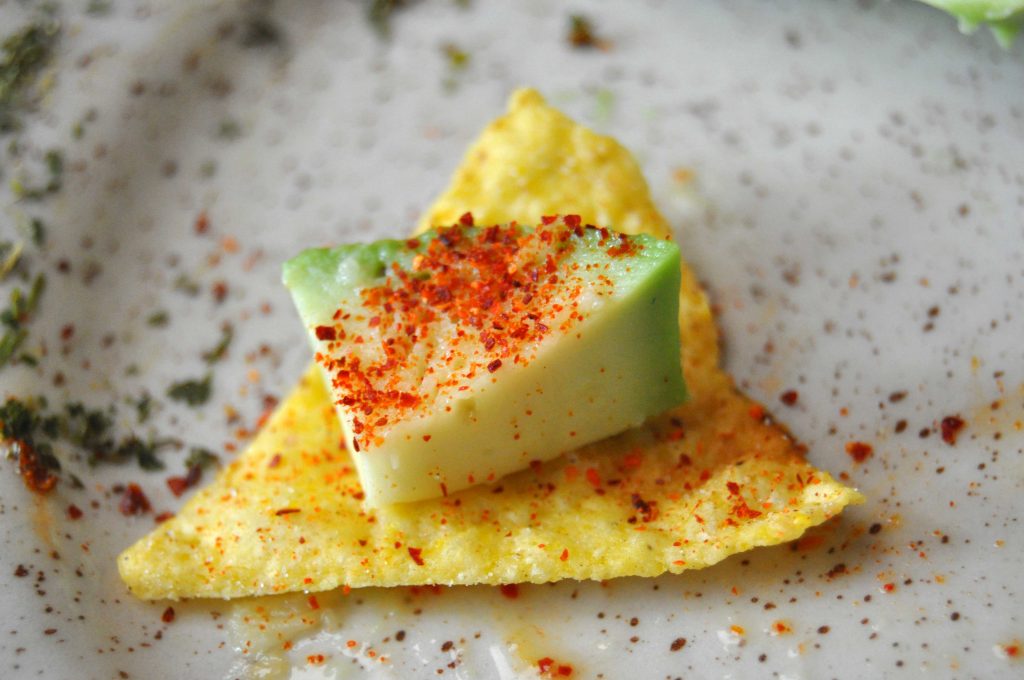When one thinks of high-quality French products, champagne, cognac or fleur de sel immediately come to mind. What is less well known is that the chili variety Gorria is cultivated in the southwestern French village of Espelette. This chili variety is used to produce the chili spice Piment d’Espelette, which is prized worldwide for its unique spiciness.
The word Gorria comes from the Basque language and means “red”.
The protected designation of origin (French AOP, Appellation d’Origine Protégée) Piment d’Espelette may only be used for chili products fabricated in the area around the southwestern French village of Espelette. The village counts just under 2,000 inhabitants – the special spice made the village world famous.
Espelette
Espelette is located in the French department of Pyrénées-Atlantiques and belongs to the cultural region of the Basque Country. Climatically, this region is perfect for growing chili, although Piment d’Espelette is a rather mild chili variety. On a scale of 0 to 10, Piment d’Espelette has a heat level of 4. On the Scoville scale, the top product is 1,500 to 2,500 Scoville. The Scoville scale is a scale created by US pharmacologist Wilbur Scoville to determine the degree of heat of peppers.

Chili: Subtype of paprika
Every chili is part of the paprika plant genus: The basis of the classification into heat levels is the capsaicin content of a paprika – capsaicin is the substance that makes a chili hot. Almost every paprika contains it in varying concentrations.
Piment d’Espelette also contains capsaicin – although not in extremely high concentrations, so the main focus of Piment d’Espelette is not on the heat.
Rather, Piment d’Espelette tastes spicy and savory with a fruity aroma. The finish impresses with a smoky flavor nuance.
Harvest and processing
Visitors to the area around the French village of Espelette can expect to see a special sight in autumn: Long ropes with strung chili peppers are attached to the south sides of the houses. These are the chili peppers from which Piment d’Espelette is made.
In autumn the harvest time of the pods begins: Following the harvest, the pods are hung on the south sides of the houses. After the pods have acquired a deep red color, they are post-dried for two months in large ovens at low temperatures. In the last step, the pods are ground and filled into small jars: Bottling in jars is a quality characteristic of Piment d’Espelette.
Use of Piment d’Espelette
Piment d’Espelette can be found in many French dishes: In Poulet Basquaise (engl. “Basque Chicken”), a chicken is served in tomatoes and ham. The dish is seasoned with white wine and piment d’Espelette. In addition, the Basque chili is excellent for seasoning grilled meats, pasta dishes, omelets or as a seasoning for dips.
For a special flavor, Piment d’Espelette can also be sprinkled pure on cheese.
Gorria chili
The Gorria pods, from which Piment d’Espelette is obtained, were brought to France by sailors from South America in the 16th century. The Gorria chili grows on medium-sized bushes that bear no more than 30 fruits. Because of the excellent climatic conditions in and around Espelette, the chili quickly became native there: over the centuries, the chili variety adapted to the Basque climatic conditions.
Today, Piment d’Espelette is deeply rooted in French spice cuisine: Numerous dishes work on the basis of the Basque chili variety and benefit from the mild pungency and strong spiciness of the chili from the southwestern French town of Espelette.
Cover picture: Piment d’Espelette, © Simon von Ludwig, all rights reserved

 Deutsch
Deutsch Français
Français